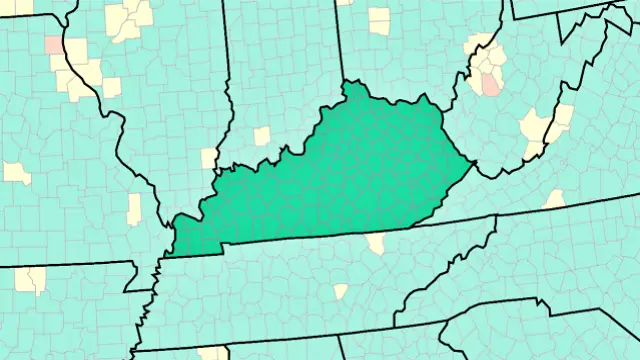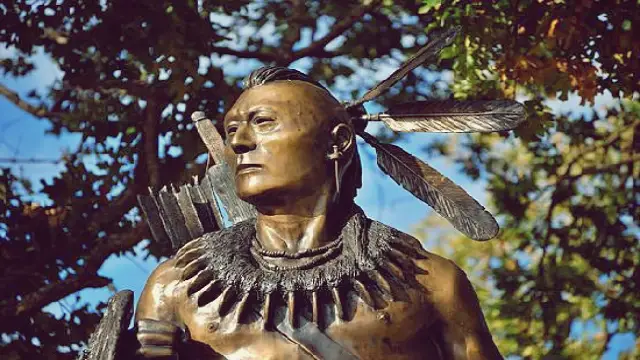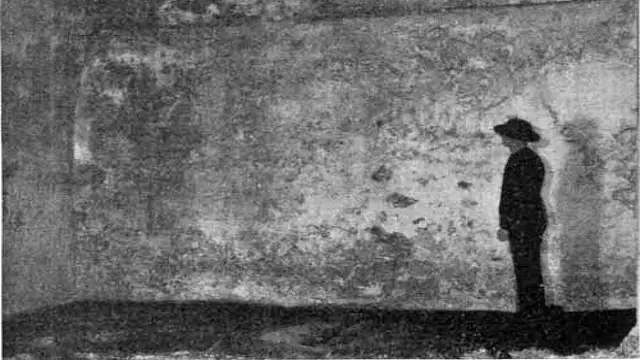Are cryptids real? Discover the truth about Mothman and more!
Cryptids like Mothman, Chupacabra, and Dogman have captured our imaginations for years. These mysterious creatures are often linked to folklore and urban legends. But what do we really know about them? In this article, we will explore the validity of these cryptids and the problems surrounding their physiology.
Key Points
What Are Cryptids?
Cryptids are animals that some people believe exist but have not been proven by science. They often come from local legends and stories. Some of the most famous cryptids include:
- Mothman: A winged creature seen in Point Pleasant, West Virginia.
- Chupacabra: A creature known for attacking livestock in Latin America.
- Dogman: A werewolf-like creature reported in various parts of the United States.
These creatures spark curiosity and fear, but their existence raises many questions.
The Mothman Mystery
Mothman first appeared in the 1960s in Point Pleasant, West Virginia. Witnesses described a large, winged figure with glowing red eyes. Many believe Mothman is a harbinger of disaster, as sightings often coincide with tragic events, like the Silver Bridge collapse in 1967.
Is Mothman real?
Skeptics argue that Mothman sightings could be misidentified birds or other animals. The lack of physical evidence makes it hard to prove Mothman’s existence. However, the stories continue to intrigue people, leading to ongoing investigations and discussions.
The Chupacabra Phenomenon
The Chupacabra, or “goat-sucker,” is a creature that allegedly attacks livestock, particularly goats. First reported in Puerto Rico in the 1990s, it has since spread to other regions, including the United States and Latin America. Witnesses describe it as a small, reptilian creature with spikes along its back.
What’s the truth?
Many believe the Chupacabra is a myth, fueled by fear and misunderstanding. Some suggest that the creature could be a dog suffering from mange, which causes hair loss and a gaunt appearance. Without concrete evidence, the Chupacabra remains a topic of debate.
The Dogman Legend
Dogman is another cryptid that has gained popularity in recent years. Descriptions vary, but it is often depicted as a large, wolf-like creature that walks on two legs. Sightings have been reported across the United States, particularly in Michigan.
Is there any evidence?
Like Mothman and Chupacabra, Dogman lacks scientific validation. Many sightings could be attributed to misidentified animals or hoaxes. However, the stories persist, and enthusiasts continue to search for proof of its existence.
The Problems with Cryptid Physiology
One of the main issues with cryptids is their physiology. Many descriptions of these creatures defy the laws of biology. For example, Mothman is said to have a wingspan of over ten feet, yet no known animal can sustain such a size and weight. Similarly, the Chupacabra’s reported features, like its spines and reptilian traits, raise questions about its biological feasibility.
The Science Behind Cryptids
Scientists rely on evidence and observation to validate claims. Cryptids often lack physical proof, making it difficult to study them scientifically. Here are some common problems with the physiology of cryptids:
- Lack of Evidence: Most cryptids have no physical remains or verified sightings. Without evidence, it’s hard to study their biology.
- Inconsistent Descriptions: Witnesses often describe cryptids differently. This inconsistency makes it challenging to form a clear picture of what these creatures might be.
- Biological Improbability: Many cryptids possess features that are biologically impossible. For example, a creature that can fly and has the size of a human would require a different skeletal structure than any known animal.
- Cultural Influence: Cryptids often reflect cultural fears and beliefs. This can lead to exaggerated descriptions and myths that stray from reality.
The Allure of Cryptids
Despite the lack of scientific evidence, cryptids continue to fascinate people. They represent the unknown and challenge our understanding of the natural world. Cryptids often embody our fears and curiosities, making them compelling subjects for stories and investigations.
Why Do We Believe in Cryptids?
- Cultural Stories: Many cultures have legends of mysterious creatures. These stories are passed down through generations, creating a sense of intrigue.
- Desire for Adventure: The idea of discovering a new species excites many. Cryptids represent the possibility of adventure and exploration.
- Fear of the Unknown: Cryptids often embody our fears. They remind us that there are still mysteries in the world that we cannot explain.
- Community and Belonging: Many enthusiasts form communities around cryptid hunting and research. This sense of belonging can strengthen belief in these creatures.
The Future of Cryptid Research
As technology advances, the search for cryptids may become more scientific. Tools like drones, camera traps, and genetic testing could help gather evidence. Researchers are hopeful that one day, we might uncover the truth behind these elusive creatures.
Conclusion: The Mystery Remains
Mothman, Chupacabra, and Dogman are just a few examples of the many cryptids that spark our imagination. While the validity of their existence remains in question, the stories surrounding them continue to captivate us.
The problems with their physiology and the lack of concrete evidence challenge our understanding. Yet, the allure of the unknown keeps us searching for answers. Whether they are real or simply products of folklore, cryptids remind us that there is still much to explore in our world.
FAQs About Cryptids
A cryptid is an animal that some believe exists but has not been scientifically proven. Examples include Mothman, Chupacabra, and Dogman.
While some researchers study cryptids, most lack concrete evidence. Scientific validation requires physical proof, which is often missing.
Belief in cryptids can stem from cultural stories, a desire for adventure, fear of the unknown, and a sense of community among enthusiasts.
Cryptids often have unusual features, such as the ability to fly, unique physical traits, or behaviors that defy known animal biology.
If you’re interested in investigating cryptids, consider joining local research groups, attending conferences, or exploring areas with reported sightings.
Mothman is one of the most famous cryptids, known for its sightings in Point Pleasant, West Virginia, and its association with disasters.
The Chupacabra is a creature from folklore, and while many believe in its existence, there is no scientific evidence to support it.
Dogman is a cryptid described as a large, wolf-like creature that walks on two legs. Sightings have been reported across the United States.
For a cryptid to be scientifically proven, there must be physical evidence, such as remains or verified sightings. Most cryptids lack this proof.
Cryptids represent the unknown and challenge our understanding of nature. They evoke curiosity, fear, and a sense of adventure.
The world of cryptids is filled with mystery and intrigue. As we continue to explore these legends, we may uncover new truths about our planet and the creatures that inhabit it. Whether they are real or simply figments of our imagination, cryptids will always hold a special place in our collective consciousness.




















